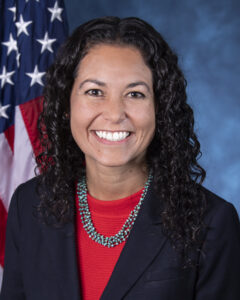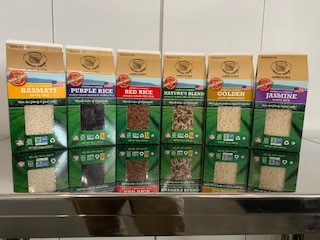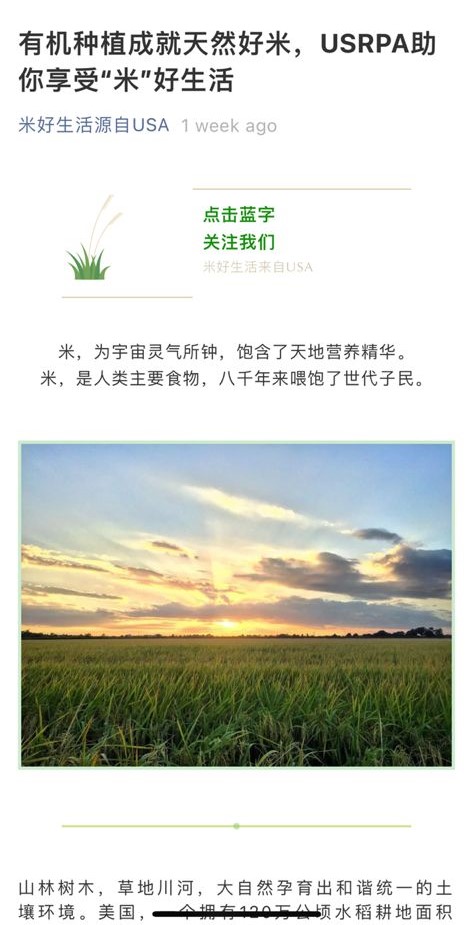Washington, DC Update
On June 23, 2021, President Joe Biden announced his intent to nominate Homer Wilkes for Under Secretary for Natural Resources and the Environment, Department of Agriculture.
Dr. Homer Wilkes, a native of Port Gibson, Mississippi, currently serves as Director of Gulf of Mexico Ecosystem Restoration Team. He is one of the five Federal Executive Council members to oversee the rebuilding of the Ecosystem of the Gulf of Mexico after the BP Oil Spill of 2010. He served as the Acting Associate Chief of USDA/Natural Resources Conservation Service (NRCS) in Washington during the period of 2010 to 2012. Dr. Wilkes' tenure with the United States Department of Agriculture spans over 41 years. During his tenure he has served as State Conservationist for Mississippi; Chief Financial Officer for NRCS in Washington, DC; Deputy State Conservationist for Mississippi; and Chief of Administrative Staff for the South Technical Center for NRCS in Fort Worth, Texas.
Dr. Wilkes also served as Naval Supply Officer in the United States Navy Reserves from November 1984 to April 2007. Dr. Wilkes received his Bachelors, Master of Business Administration, and Ph.D. in Urban Higher Education from Jackson State University. He also successfully completed the USDA Senior Executive Service Candidate Development Program (SES CDP) through American University’s Key Executive Leadership Certificate in Public Policy. Dr. Wilkes and his wife Kim, currently reside in Ridgeland, MS. They have three sons, Justin, Austin, and Harrison. He enjoys fishing, restoring antique vehicles, and family activities.

On June 18, 2021, President Joe Biden nominated Xochitl Torres Small for Under Secretary of Rural Development, Department of Agriculture. Xochitl Torres Small is the granddaughter of migrant farmworkers and grew up in the borderlands of New Mexico. In 2008, she came home from college to work as a field organizer, working in neighborhoods known as colonias, in southern New Mexico. She served as a field representative for New Mexico’s Senator Tom Udall, where she collaborated with local grassroots leaders, business owners, elected officials, and regional and state economic development officials to help communities access American Recovery and Reinvestment Act funds. Torres Small studied water law and has worked closely with rural water utilities. In 2018, Torres Small became the first woman and first person of color to represent New Mexico’s second congressional district, the largest district that isn’t its own state. Torres Small served as the U.S. Representative for New Mexico’s 2nd congressional district in the 116th Congress. Torres Small was defeated in 2020 by Yvette Herrell.




